This is the site of the LEO Computers Society celebrating the World's first business computer.
Membership of the Society is open to:
• all ex-employees of LEO Computers and its succeeding companies;
• anyone who worked with a LEO computer;
• and anyone who has a specific interest in the history of LEO Computers.
We encourage those who have an interest in LEO, as specified above, to join the Society
- see the Application Form. Membership is currently free of charge.
Membership of the Society is open to:
• all ex-employees of LEO Computers and its succeeding companies;
• anyone who worked with a LEO computer;
• and anyone who has a specific interest in the history of LEO Computers.
We encourage those who have an interest in LEO, as specified above, to join the Society
- see the Application Form. Membership is currently free of charge.
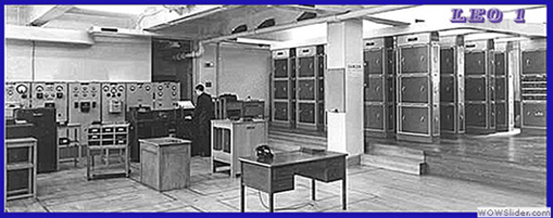

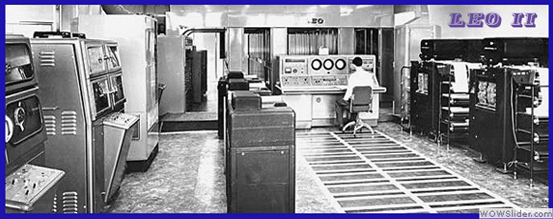
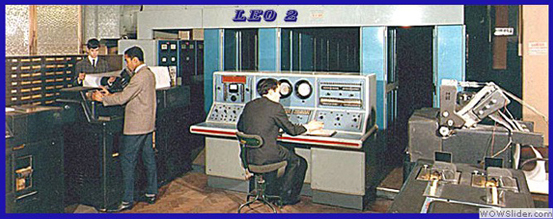

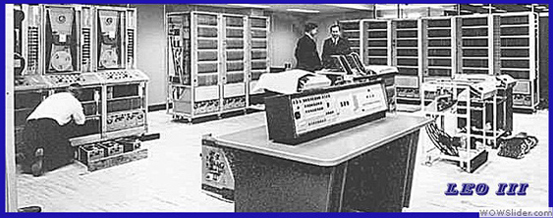

 LEO REUNION
LEO REUNION 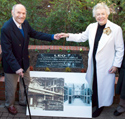 A plaque to commemorate LEO, the World's First Business Computer, was unveiled by Dame Stephanie Shirley on 29th November 2016. Information and pictures
A plaque to commemorate LEO, the World's First Business Computer, was unveiled by Dame Stephanie Shirley on 29th November 2016. Information and pictures